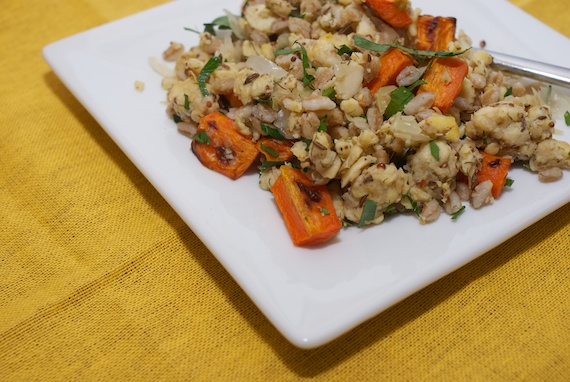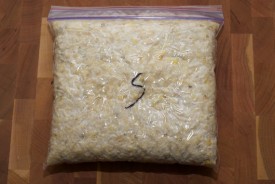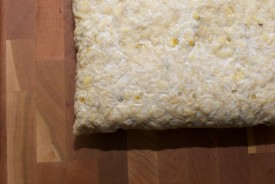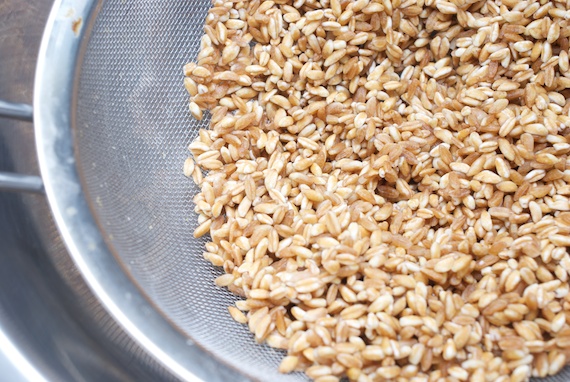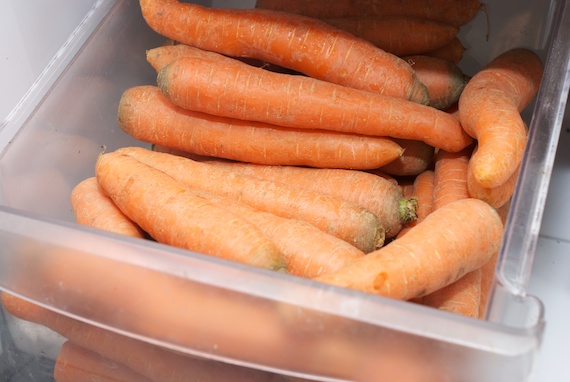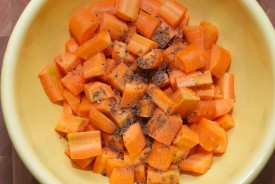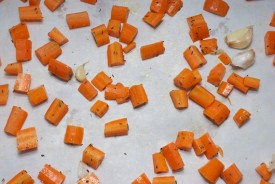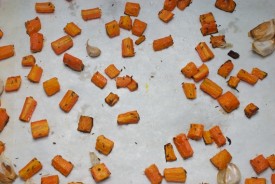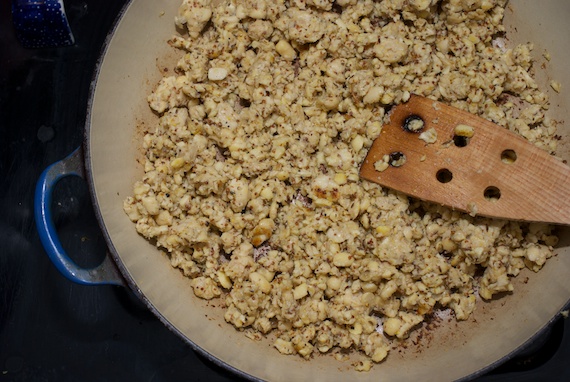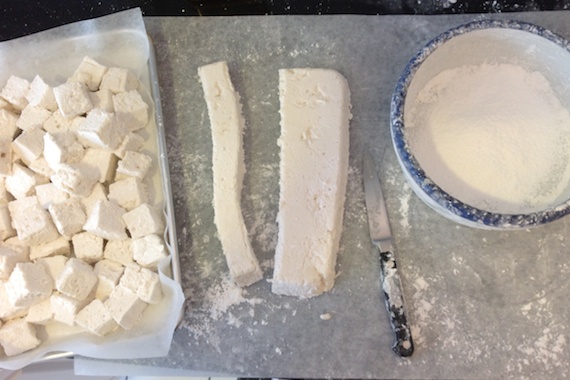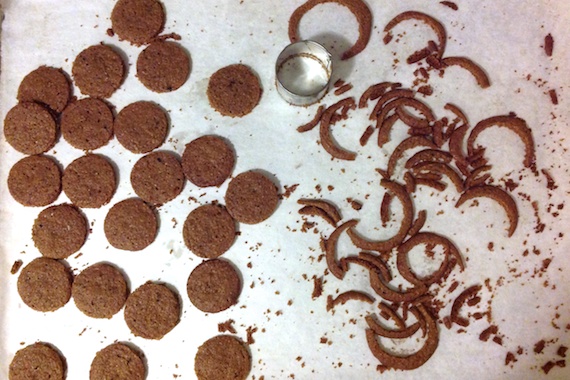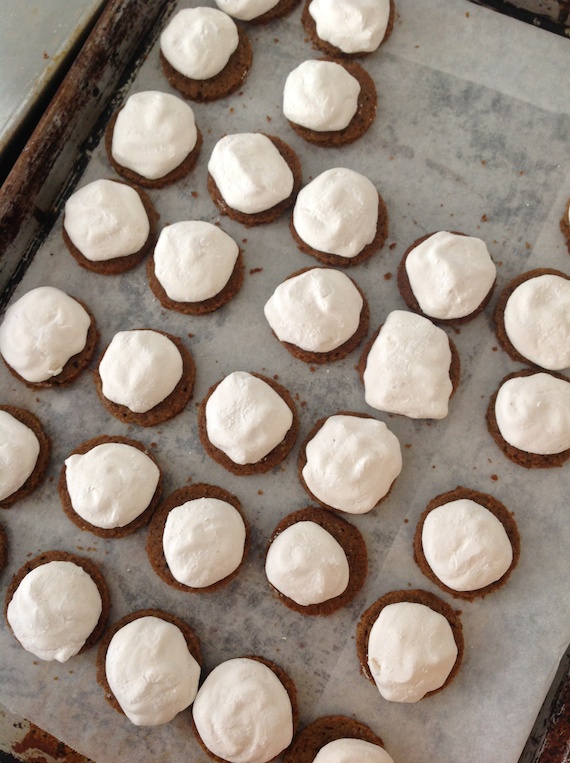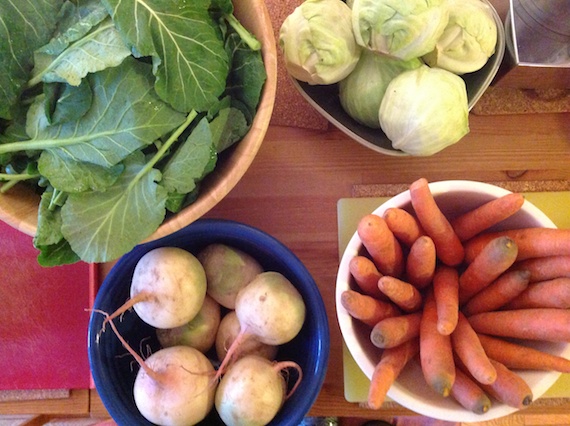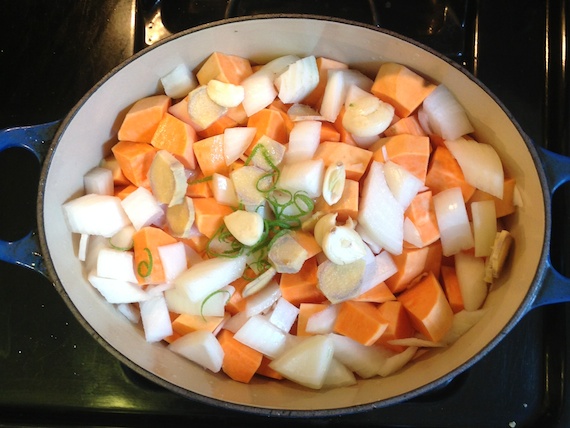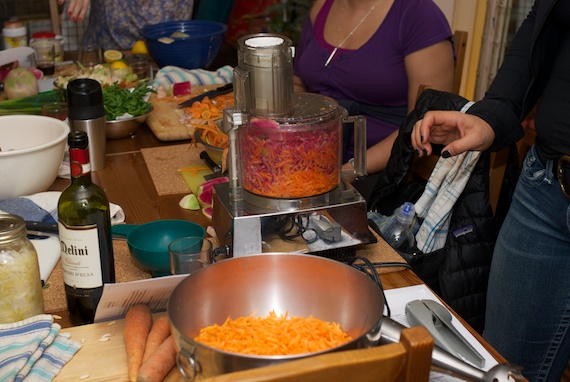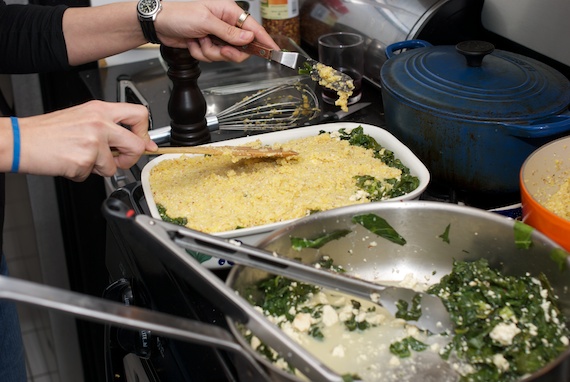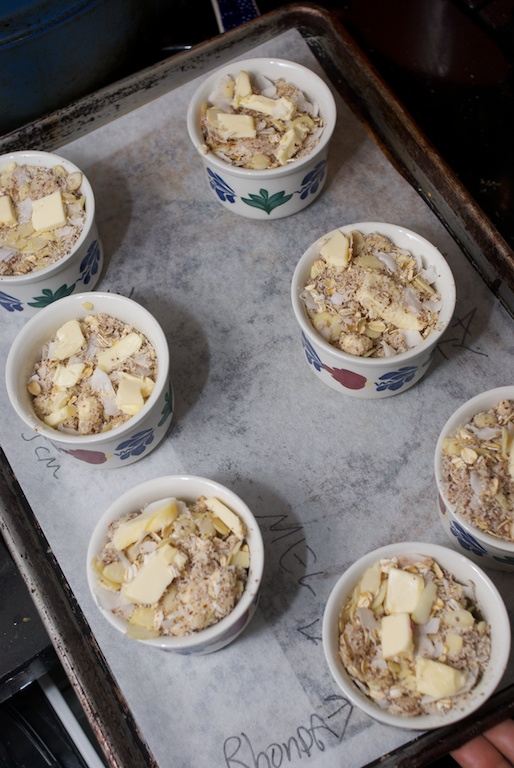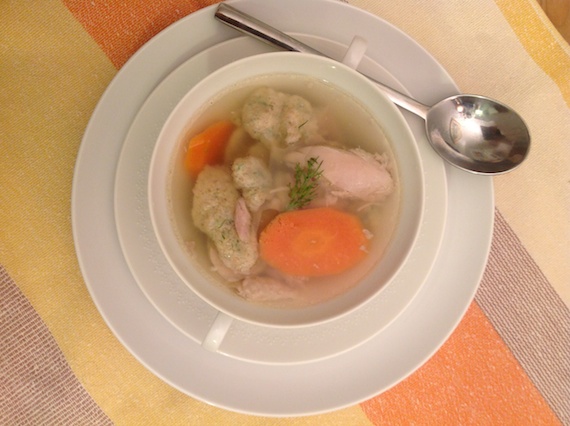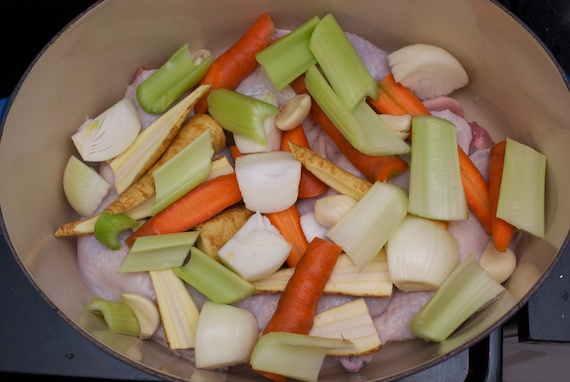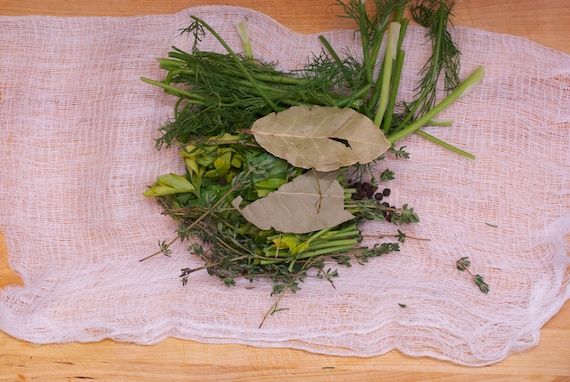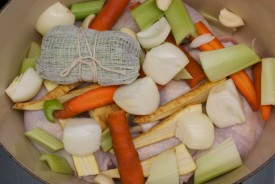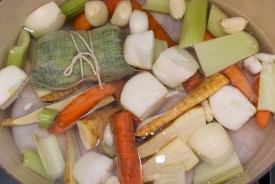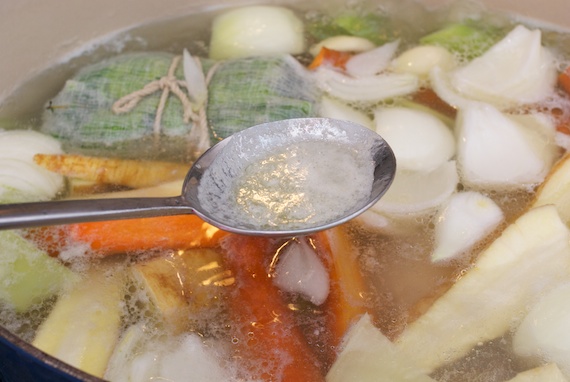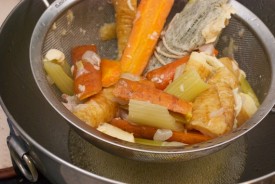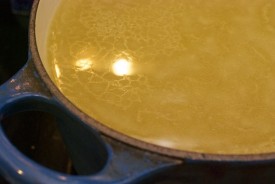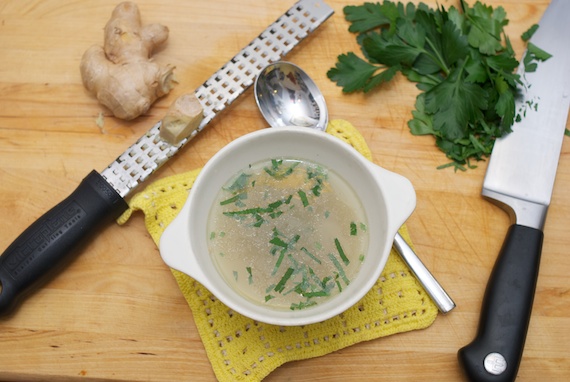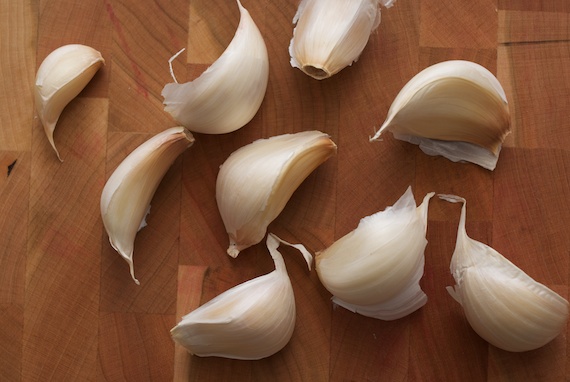
I am the only person I know who didn’t get sick this winter. Sure I wash my hands frequently, and try to stay hydrated and well-rested, and sure I don’t work around kids, but you know what I think the actual reason is? Garlic.
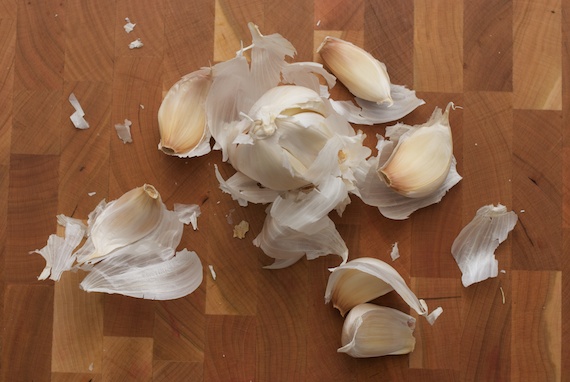
Garlic is a potent therapeutic agent according to both ancient wisdom and modern applications. Chinese herbal texts place da suan (garlic) in the category of “Herbs that Expel Parasites” because of it’s traditional use in treating intestinal bugs, but it appears to do much more. Modern research has not only explored garlic’s ability to kill parasites, but also its role in controlling hypertension, blood sugar, cardiovascular disease, and most interestingly, garlic’s role in preventing the common cold. This Cochrane review concluded that although more research must be done to support the findings, there was evidence from a single study that suggested that garlic may prevent occurrences of the common cold. That’s the same conclusion I came up with, so: Eat your garlic!
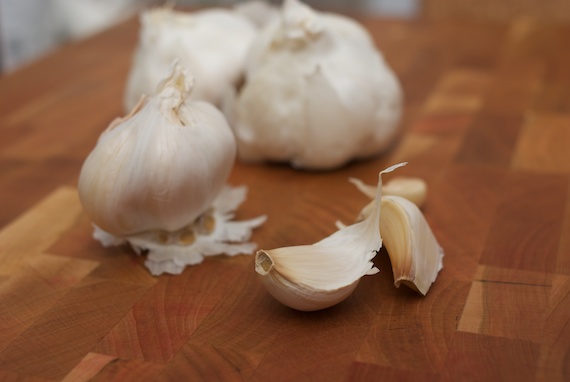
I’ve spent this winter throwing garlic into everything, and I really do believe it prevented me from catching whatever’s going around. I’ve also taken raw garlic (usually sliced thinly and swallowed whole) when I have felt a tickle in my throat or something coming on, or placed a small bruised piece of garlic wrapped in gauze in my ear for a few hours to treat an imminent ear infection. I know I sound like a kook, but it’s a trick I learned from my General Physician uncle who practices extremely practical medicine in The Netherlands. It works! This is all what we call anectodal evidence, however, so don’t quote me on it, and see my note below!
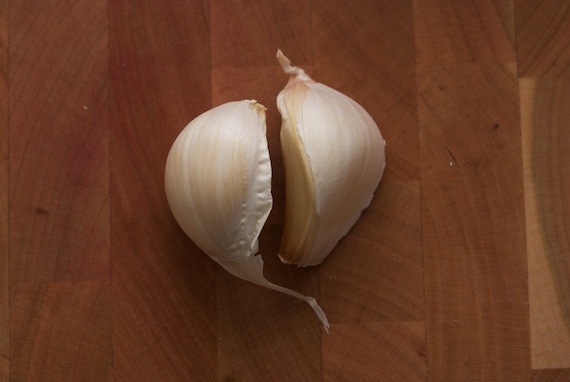
Back to cooking though: I find that adding garlic towards the end of the cooking time is most effective, since it’s more potent raw, but get it in however you can. You can always throw garlic into a simple miso soup recipe when you feel sick, and of course you can always up the garlic in regular recipes for an extra bug-. Here some links to recipes that feature garlic from Sustainable Pantry and around the interweb – so start cooking, and stay healthy during this crazy cold spring!
Sustainable Pantry: Moroccan Carrot and Cumin Salad
Sustainable Pantry: Polenta and Mushrooms
Other sites:
- Sarah Britton from My New Roots explores the therapeutic benefits of garlic here: A Garlicky Miracle
- Although it’s a bit early for fresh zucchini, I love this recipe from Heidi Swanson at 101 Cookbooks for sautéed zucchini with tons of garlic.
- This tomato and pomegranate salad from Yotam Ottolenghi’s blog uses raw garlic in the dressing.
NOTE: This food website [sustainablepantry.com] is not designed to and does not provide medical advice, nor a professional diagnosis, opinion, or treatment. This website provides general food and cooking information for educational purposes only. The information, recipes and suggestions on this site ARE NOT a substitute for medical or professional care. You should consult your medical provider if you think you have a serious, or not so serious, health condition that you are concerned about. Do not use the information on this site in place of a visit, call, consultation or the advice of your physician or other healthcare provider. Before you incorporate garlic into your healthcare routine, consult with a medical professional.



